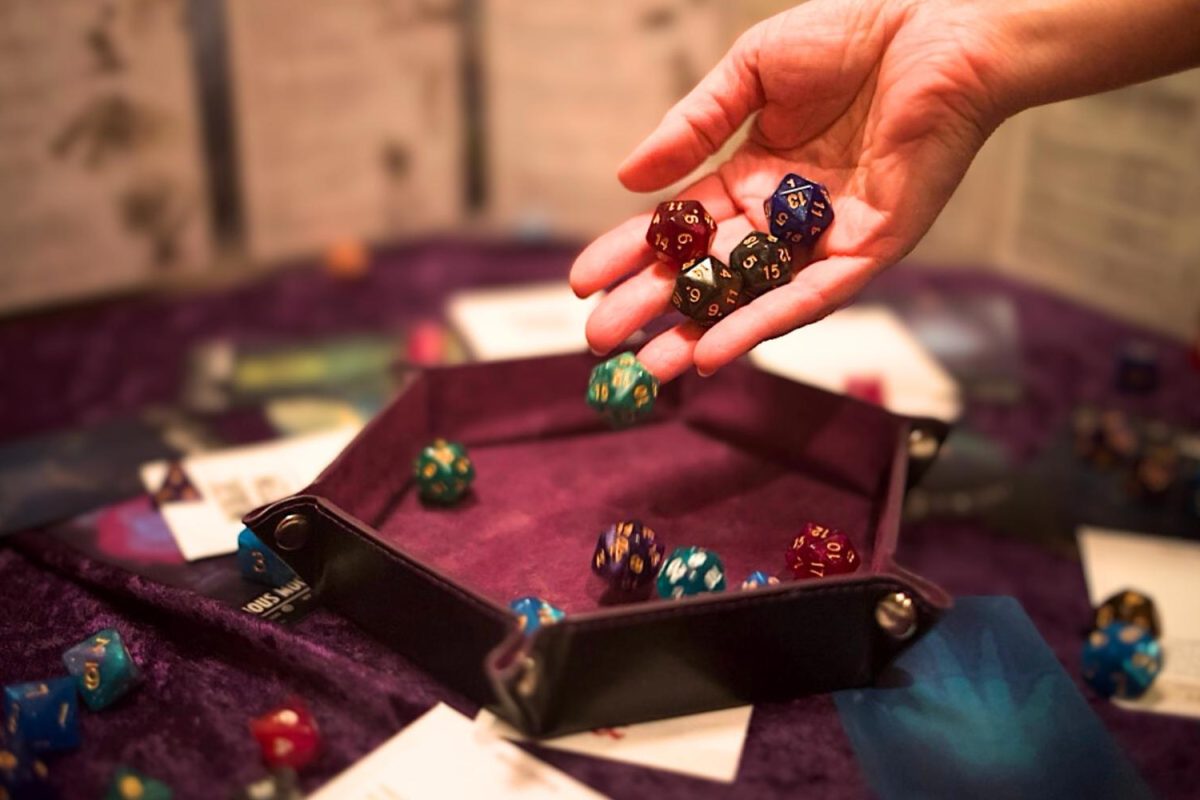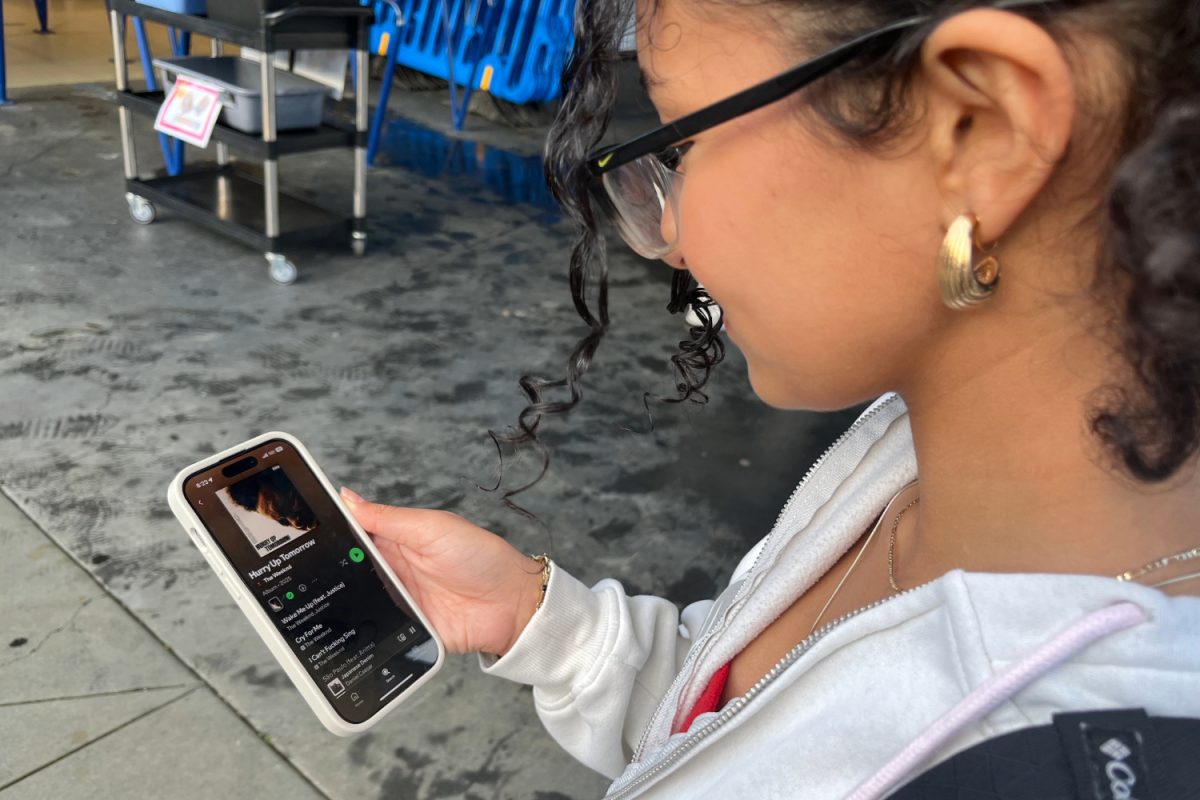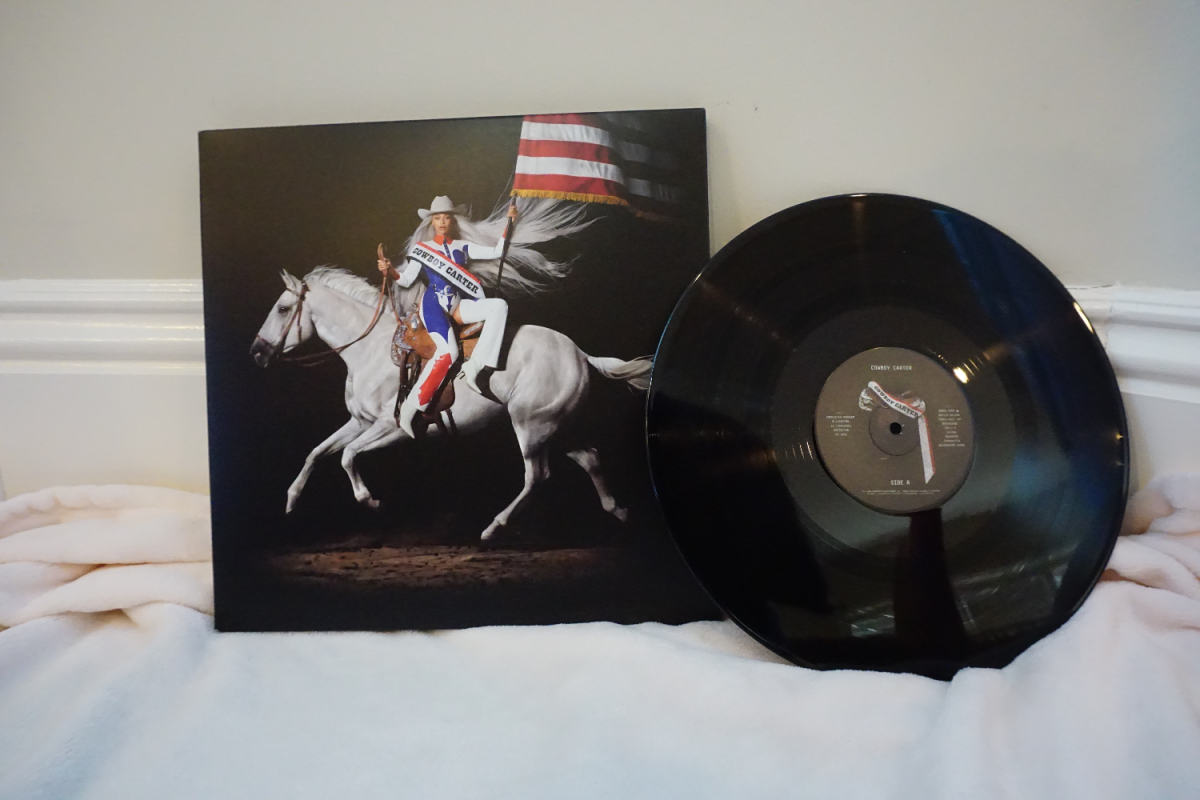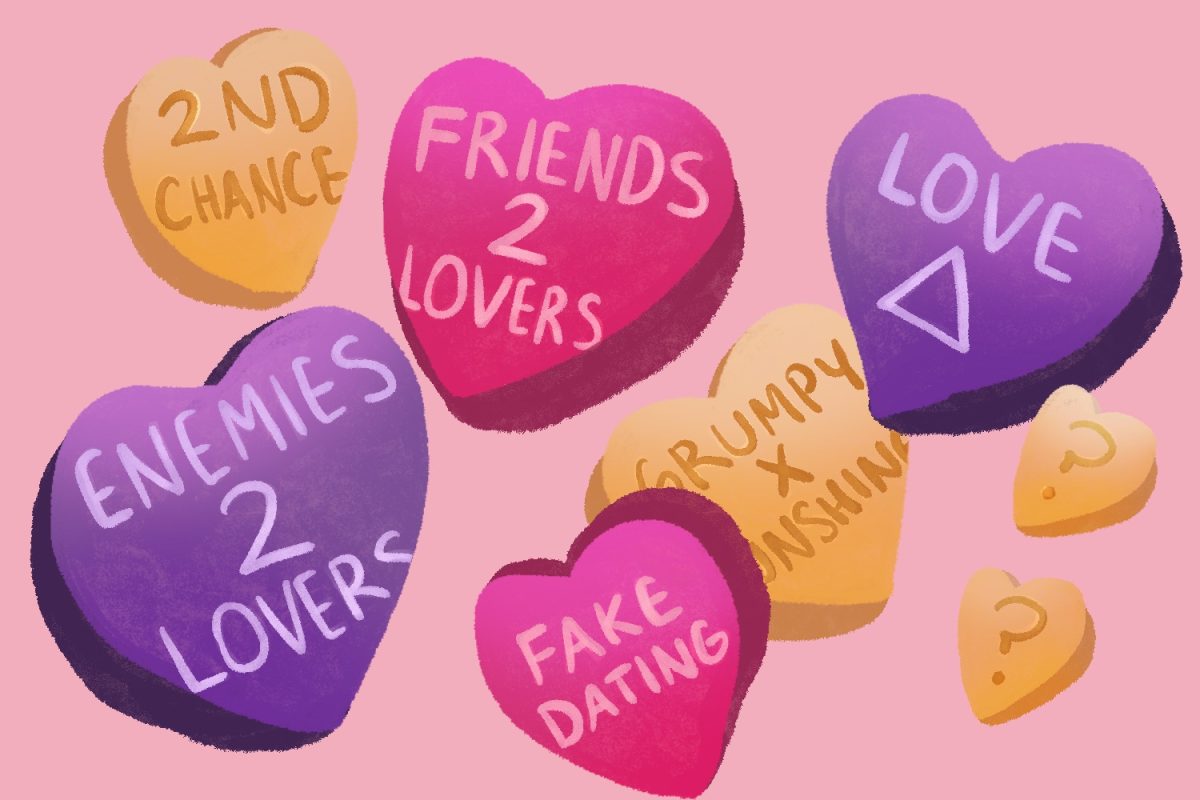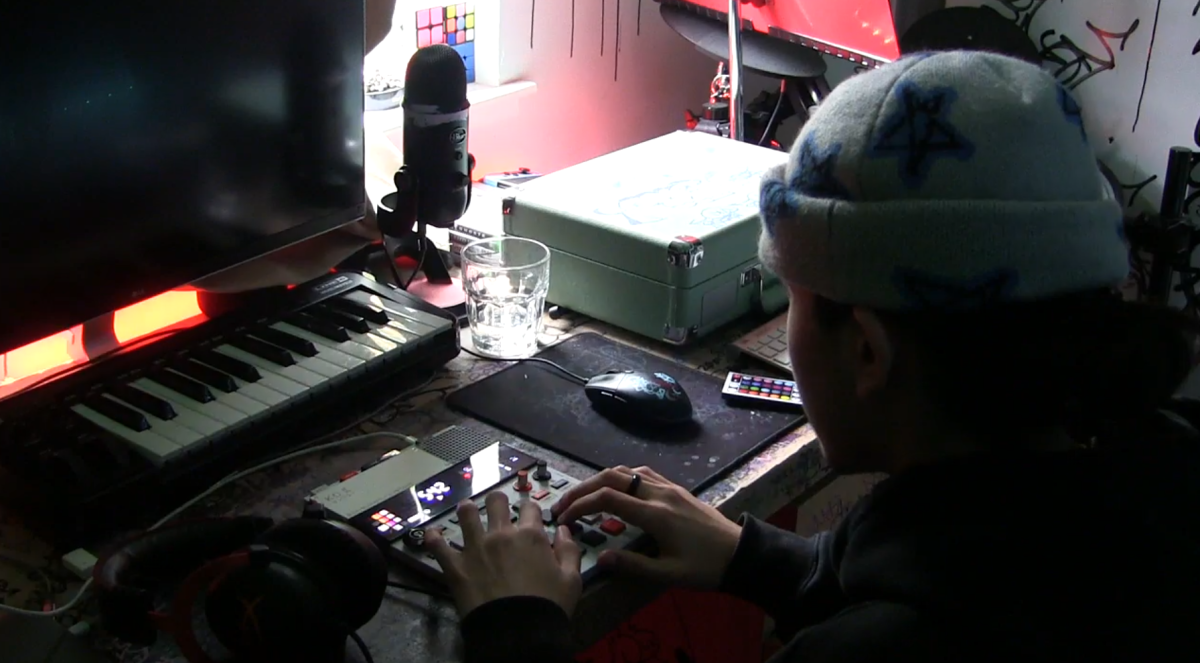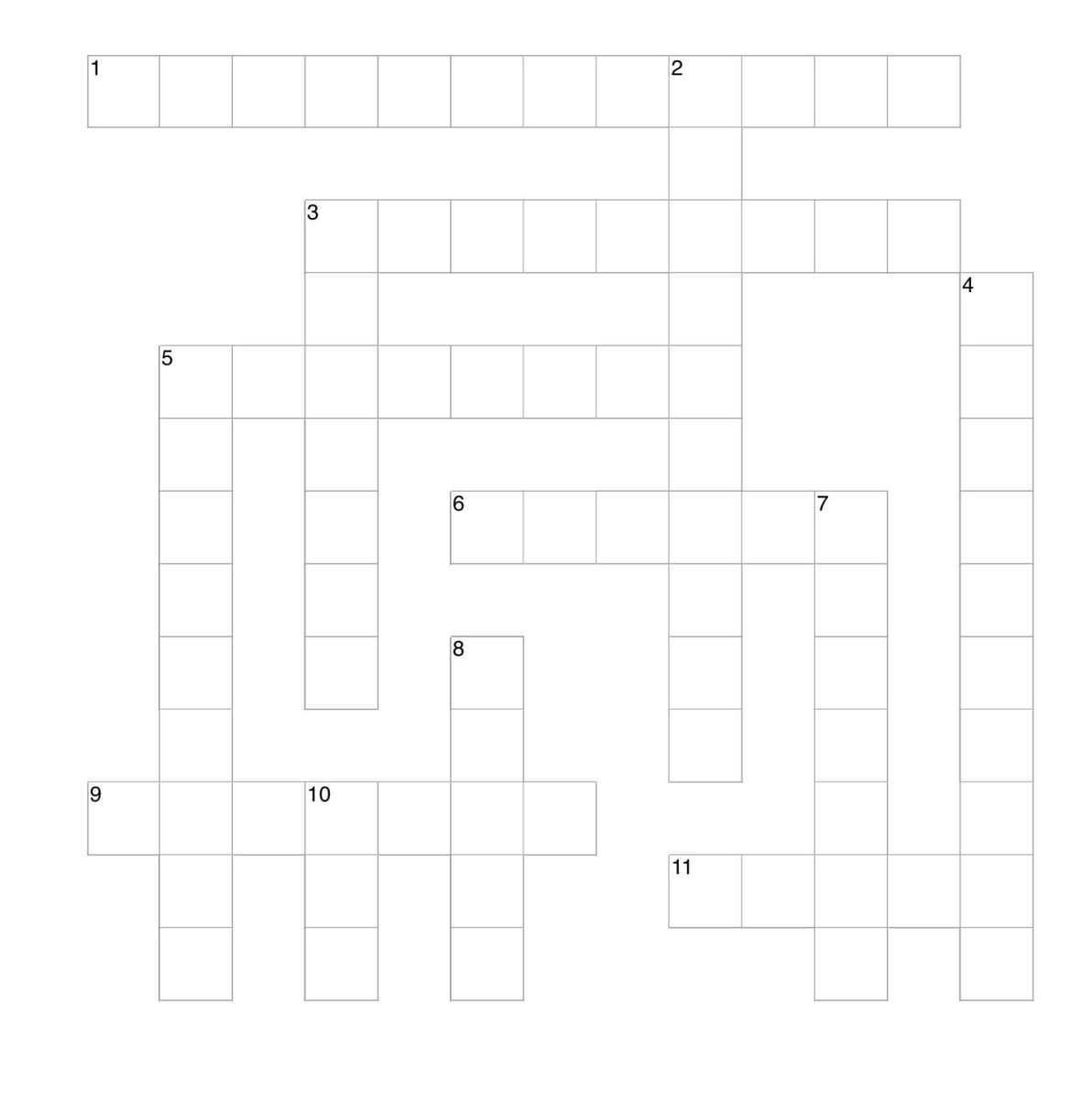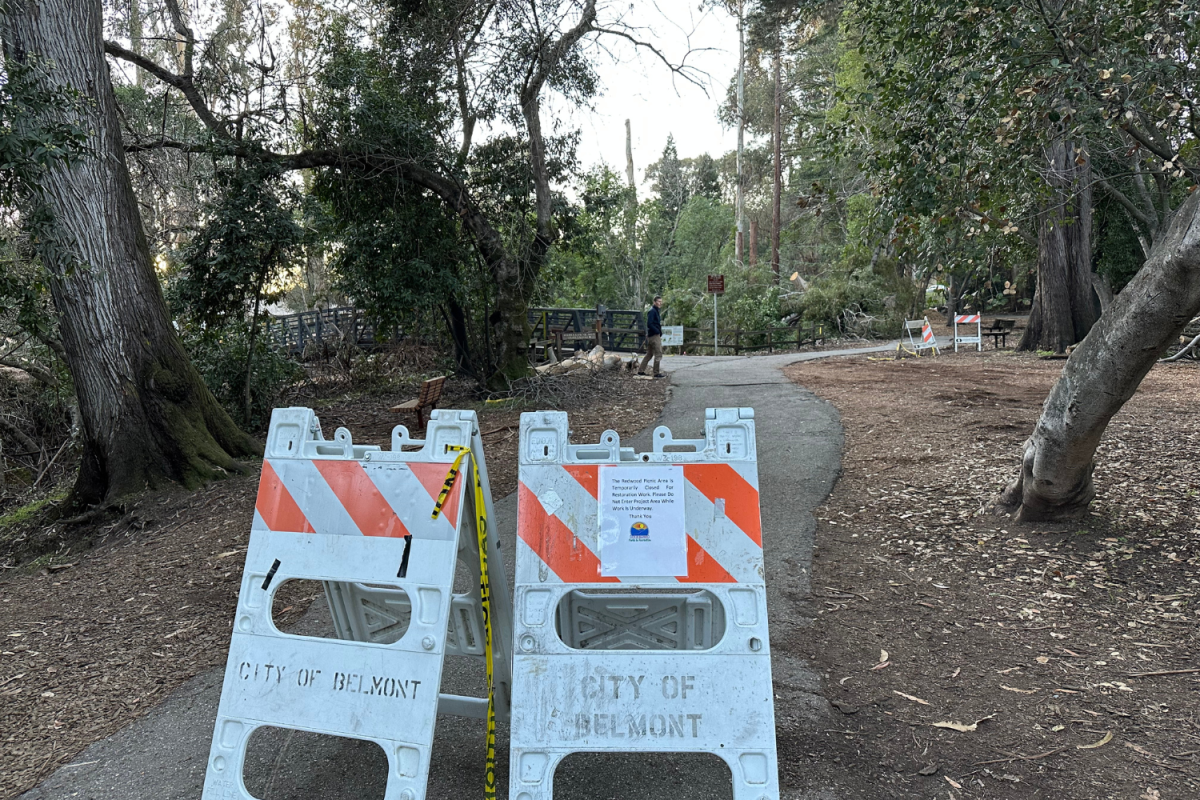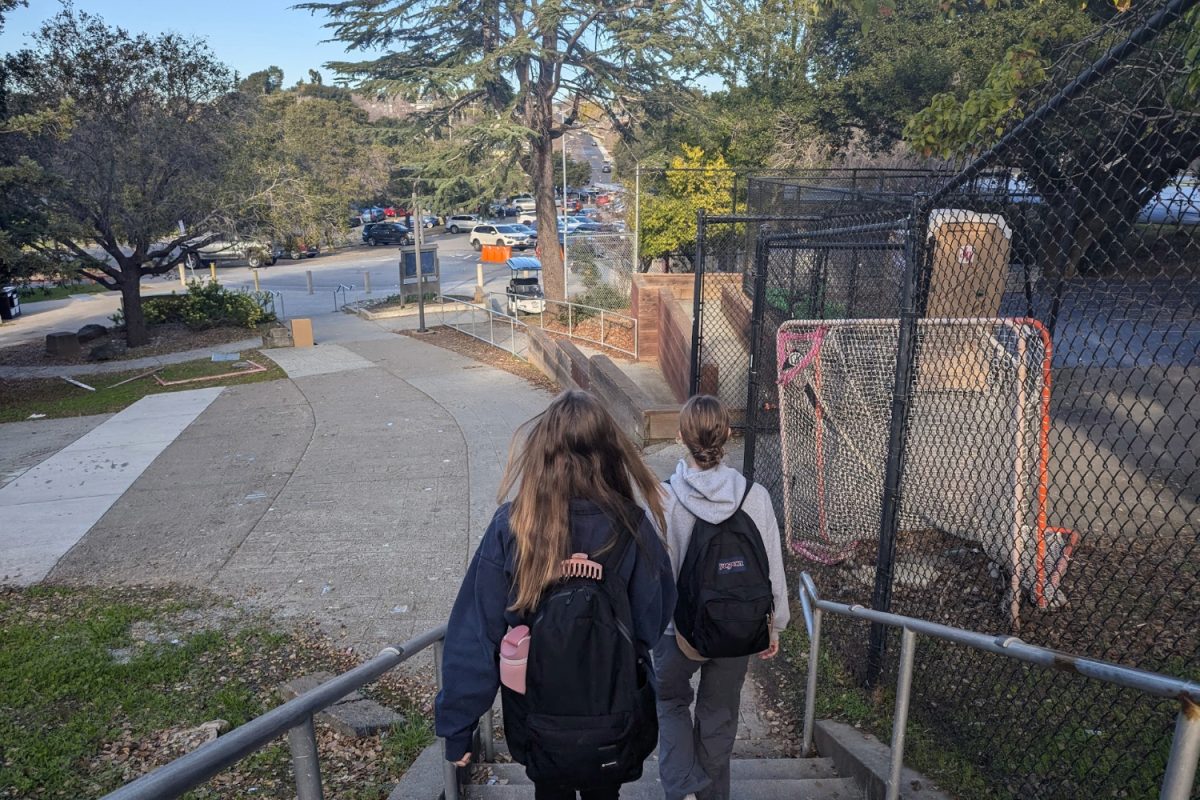In 2024, Dungeons & Dragons (D&D) saw its 50th anniversary, so players old and new are speculating what 2025 means for the franchise with D&D Beyond’s incoming virtual tabletop (VTT) experience.
According to Time magazine, in the last five years, D&D has seen a shift in the demographics of its players. More teens are interested in the game from depictions in mainstream media like Netflix sensation “Stranger Things” and the popular video game “Baldur’s Gate 3” (BG3).
“I started playing D&D over Zoom during the lockdown in 2020. It was a great way to stay connected with my friends, and it gave me something to look forward to every week. I was drawn in by the fact that it was an opportunity to socialize when that’s something I was so starved of,” said sophomore Kaitlin Mackey.
D&D is a tabletop role-playing game (TTRPG) consisting of player characters and a dungeon master (DM) who is the organizer of the game, controlling and narrating the events of an adventure. The game prides itself on elements like role-playing, in-depth character design, and a diverse range of genres from comedy to horror. The most infamous part of D&D is the dice, which determine practically every action a character takes.
When D&D VTT Game Director Kate Stutzman went about creating D&D Beyond’s VTT, there were three components she wanted to resonate throughout the experience.
“It had to be fun, like playing in person, convenient for both Dungeon Masters and players, and authentic to the rules and how people play the game,” Stutzman said.
With the development of new technologies to aid players in creating or running online campaigns, there is an argument to be made about the strengths and weaknesses of online versus traditional gaming.
“I prefer online D&D because my group lives too far for anything in person. It’s also easier to find online maps and images than to have to print everything,” Mackey said.
Mackey is writing a campaign for three other players that’s a few years in the making, and she uses online resources to her advantage for world-building, map creation, and the organization of her game. She’s excited for the release of D&D Beyond’s VTT, hoping it’ll serve as a valuable tool for her and her players to make up for her inexperience in “DMing.”
“I think that online D&D will continue to get more and more common mostly because of the convenience and overall trends with the world right now; however, I do think there will always be a big group of people who prefer in-person since so much of the game is in the chemistry of the players and their ability to role-play. All of that is harder to do behind a screen,” Mackey said.
While Mackey has played the game for five years, others, like BG3 player Chloe Hardyck, are still reluctant to invest time in a full campaign but are open to the media.
“My dad played the game when he was younger, but I never really knew where to start because I didn’t have a group to play with,” Hardyck said.
Hardyck has played one-shots, or short D&D adventures that last less than a day, on occasion at parties, but she’s never attempted a full-length campaign with in-depth character creation.
“Playing Baldur’s Gate erased a lot of the confusion surrounding the game and simplified everything I was worried about. I would describe BG3 as a great gateway to D&D and a fun experience overall because of how much your decisions affect the story,” Hardyck said.
Carlmont AVID teacher Travis Callan started playing the game about 20 years ago, and he recognizes how its influence has spread to more mainstream media since then. He acknowledges that RPG games like BG3 attract new players open to D&D, as well as those who are familiar with it.
“It’s a combination of both — people who were originally drawn to D&D by the first two games and people who primarily enjoy the tabletop game being excited to see it come to life in a different format,” Callan said.
Callan was open to playing online with his group over the pandemic, but it didn’t possess the same energy as playing around the table.
“I think playing digitally has its merits, especially for people who don’t have the ability or opportunity to find an in-person group. Playing in person at a table and rolling physical dice will always be the format I prefer,” Callan said.
Before looking into the future, it’s worth noting the past. D&D was first designed by Gary Gygax and Dave Arneson and published in 1974 by Tactical Studies Rules (TSR), according to the University of Southern California. Since then, it has undergone ownership of Wizards of the Coast and Hasbro, which are now the two primary D&D stakeholders.
According to an interview with Gary Gygax, his friend Jeff Perren was the real inspiration for the game. Perren ran a gaming shop in New York that supplied him with 40-millimeter Elastolins, which he brought to hang out with Gygax. They invented combat and encounter rules to go along with the miniatures.
“I turned two pages of rules into about four. And then I figured it would be much more fun to play man-to-man and make those weapons count. So I wrote up a set of man-to-man rules, then rules for jousting, and finally a fantasy supplement with dragons, heroes, magic swords, and spells; eventually, those were published as Chainmail,” Gygax said.
Chainmail spread in popularity as a TTRPG that employed mathematics and strategy to determine the outcome of every action.
“The player would control any figure on the table that was his, and each one would take two hits to kill or whatever. Dave Arneson, up in the Twin Cities, started a Chainmail campaign where all the players each had one figure, and he brought that style of game down to Lake Geneva to show me. I said, ‘Wow, that’s really cool.’ So out of his inspiration, I created the D&D rules,” Gygax said.
Fast forward 50 years and D&D Beyond has released a new set of rules called D&D One, which they plan to build their VTT off of.
The D&D Beyond team currently focuses on playability and structure for the VTT. However, they are excited to begin detailing character customization software once the platform’s foundation is finished.
“We will slowly open up playtesting to more and more players throughout the year as we feel confident in the features we have ready to show. Once we are satisfied with the core experience, we will work on creation tools next. We want players to be able to customize their characters and the miniatures used to represent them,” Stutzman said.
In mid-2023, the team showcased a first look at the game, and the project was released gradually to a pool of beta testers in 2024, according to D&D Beyond.
Most players agree that the most challenging barrier to cross when playing D&D is finding a group with chemistry and an aligning schedule.
“There is a special kind of magic when you find a group that really invests together. The stories told during the game will always be more powerful than the products made by any of the companies who have held the license,” Callan said.

